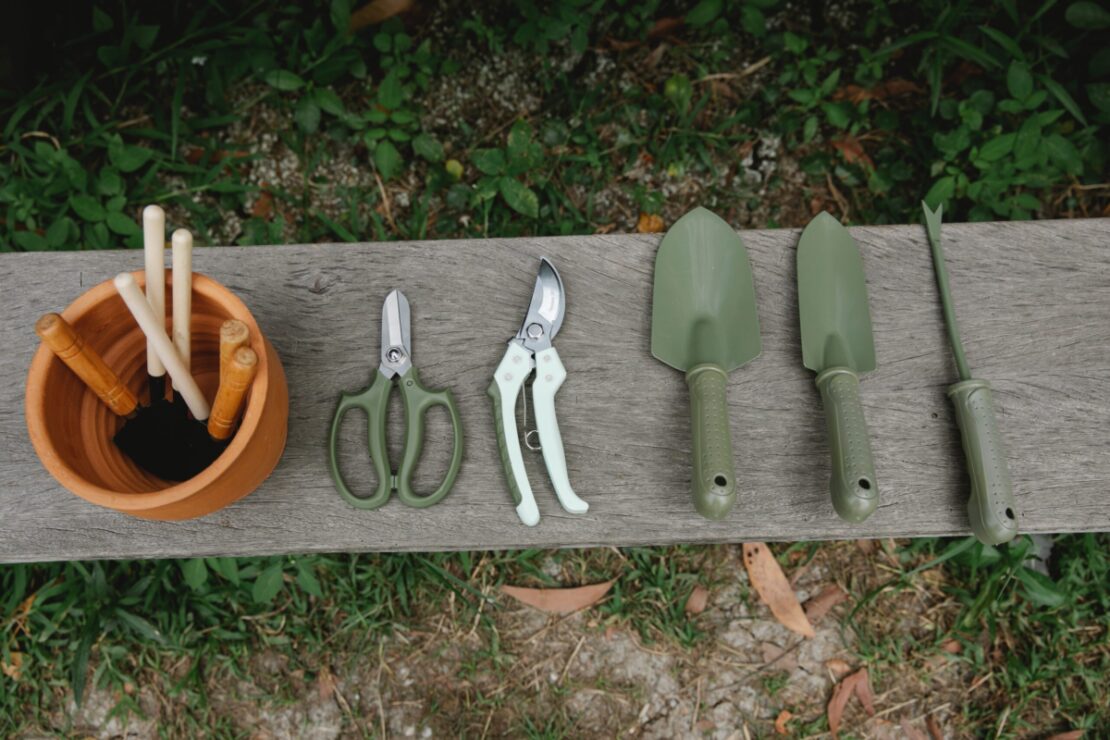
Protect Plants Over the Winter: The Importance of Overwintering Your Garden
Preparing your garden to rest for the winter is just as essential as preparing your garden for planting in the spring. In fact, the work you put in at the end of the growing season can give you a jumpstart come spring. Overwintering is an umbrella term, under which there are several strategies for preparing your growing space for deep rest over the colder months. Let’s take a look at what these overwintering strategies are and how they work for your garden.
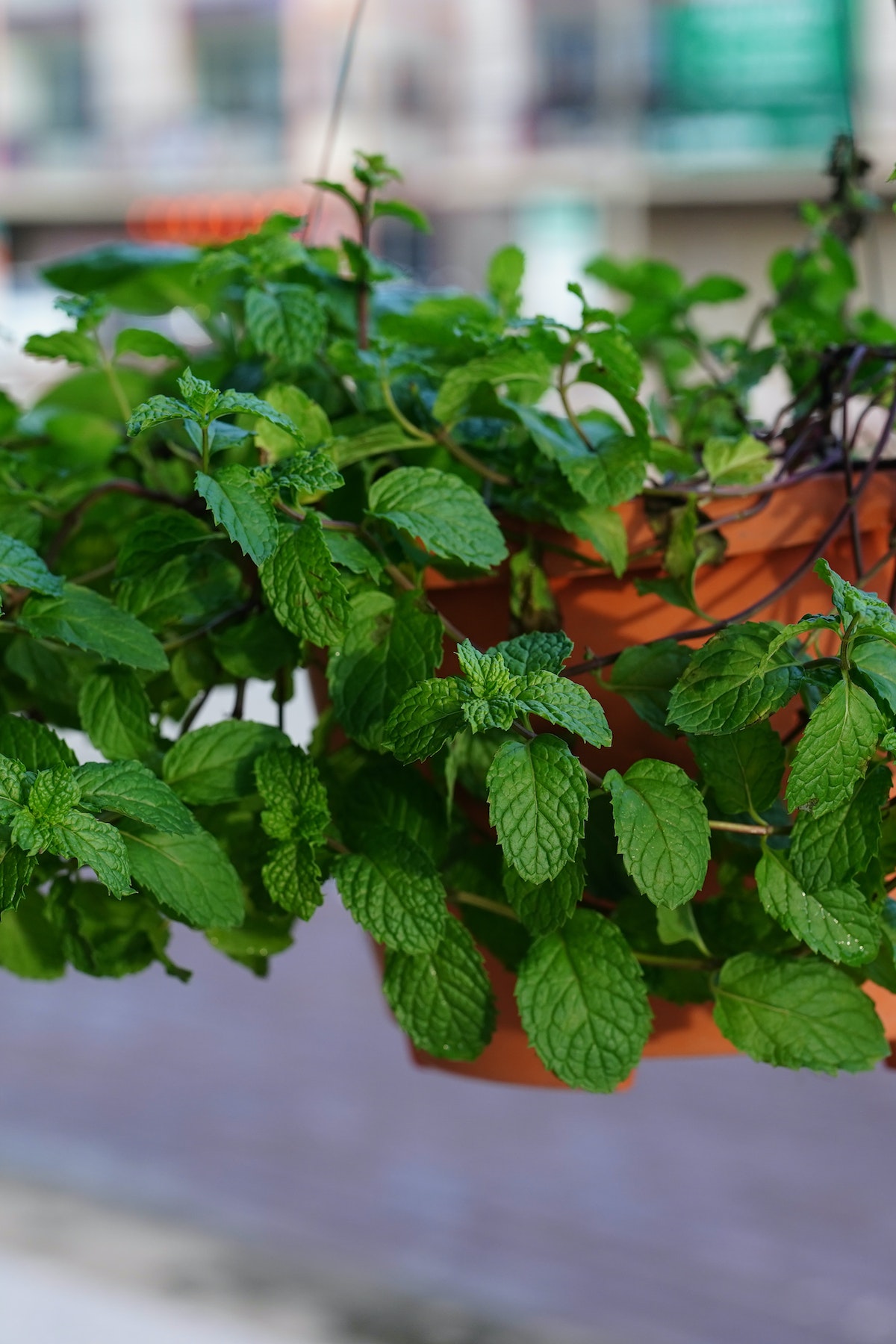
Bringing Plants Inside
One overwintering strategy is to bring some plants indoors to spend the winter in a sunny window spot. This is a good option for perennials with shallow root systems or those that cannot survive winter in your area. It wouldn’t make much sense to move an annual inside, since they only produce for one season. Perennials, in the right hardiness zone, have the ability to endure a period of dormancy as environmental conditions shift over the course of the year. They then shift back into production mode once the conditions are more ideal. When you are growing a perennial outside of its hardiness comfort zone, it has a better chance of surviving the winter conditions where you live if brought inside and protected from the elements. Herbs like oregano (Origanum vulgare), chives (Allium schoenoprasum), thyme (Thymus vulgaris), and sage (Salvia officinalis) can be great options for moving indoors due to their shallow root systems. Herbs like rosemary (Salvia rosmarinus) and basils (Ocimum spp.) are plants you might need to move indoors to protect from the cold, depending on where you live.
You’ll want to transplant your overwintering plants into pots before frost hits. To do this, dig the shovel into the soil around the outside of the plant, gently wedging the root ball loose from the ground. Move the plant with its roots and some of the dirt from your garden into a pot, and cover the roots with potting soil. Place the plant in a sunny spot and water it according to its specific watering requirements. It is not entirely uncommon for a plant that is moved indoors for overwintering to decline in production and even begin to look poorly. Don’t let this cause alarm. Remember that these plants are capable of surviving through dormancy and that we all need a good rest to be our best. Just carry on with watering when needed.
Ultimately, the goal of bringing plants inside isn’t to ensure production over the winter season, but instead to ensure that the plant survives the winter. If a mature plant can survive the winter, then it’s “ready, set, grow” once conditions are warmer and brighter. Foregoing all the beginning stages of growth that occur after a plant endures a harsh winter gets you fresh herb production from your garden much earlier in the season.
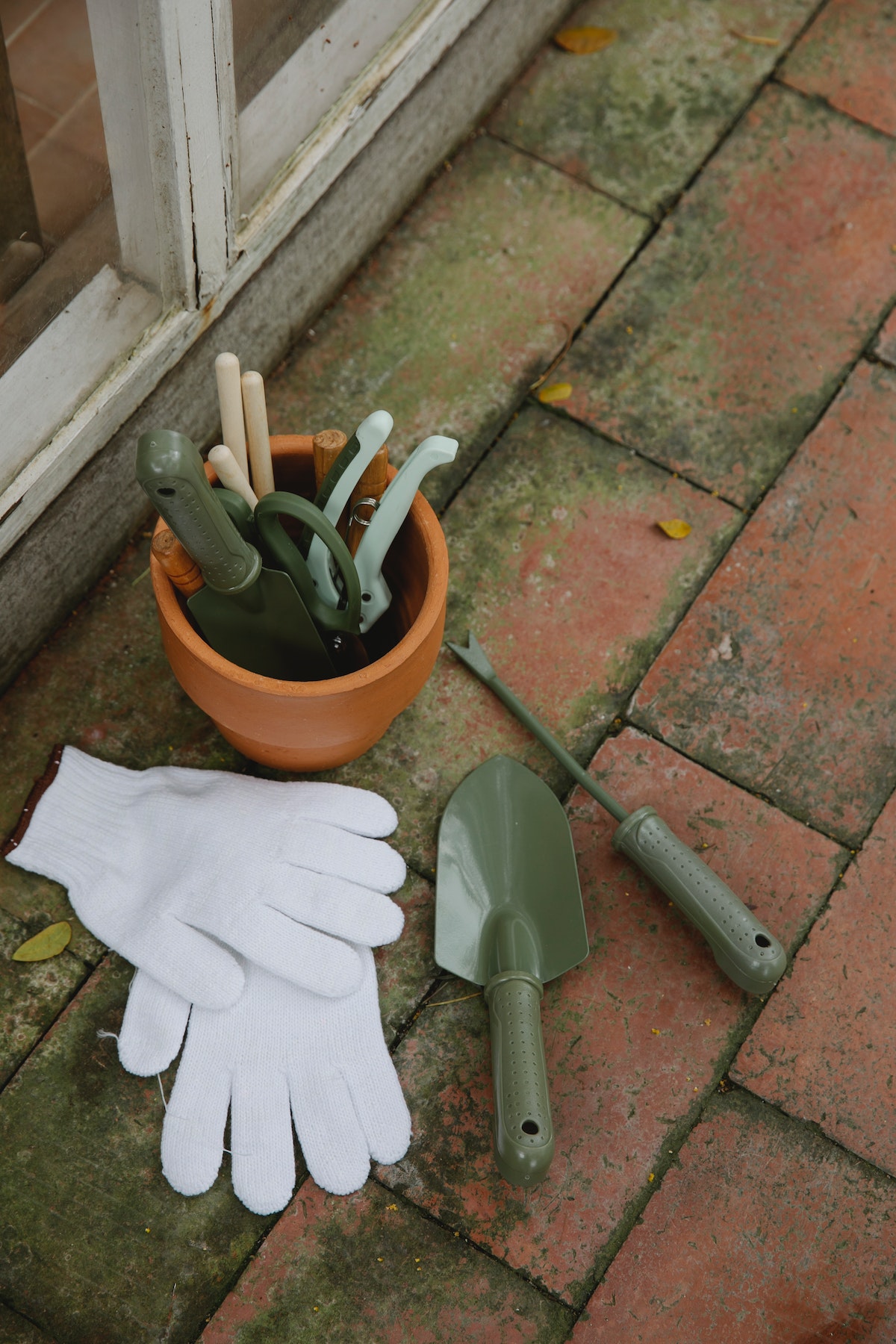
Clearing Beds
After you’ve decided what plants to bring inside, the next step to overwintering is to clear the annuals left in the beds at the end of the season. This can generally wait until after the first frost, allowing you to harvest right up until this point. Start by pulling up any plant stakes, trellises, or other temporary supports you may have in your garden beds. Storing these garden helpers away for the winter protects them from harsh elements, prevents possible damage from snow load, and extends the life of these investments. This includes plant markers you may have placed, and smaller lawn and garden ornaments.
Next, it’s time to clear the plants left behind at the end of the growing season. Pulling the roots of annual plants out of the ground can disturb the mycorrhiza and bacterial communities that are integral to the health of your garden. The better option would be to use a pair of garden shears to cut the plant down at the soil surface. Leaving the roots of the plants in the ground allows the microbiome of your garden soil to continue with business as usual, exchanging and building nutrients below the surface. You can compost the plant debris you remove from the garden, transforming it into fertilizer for next year’s garden.
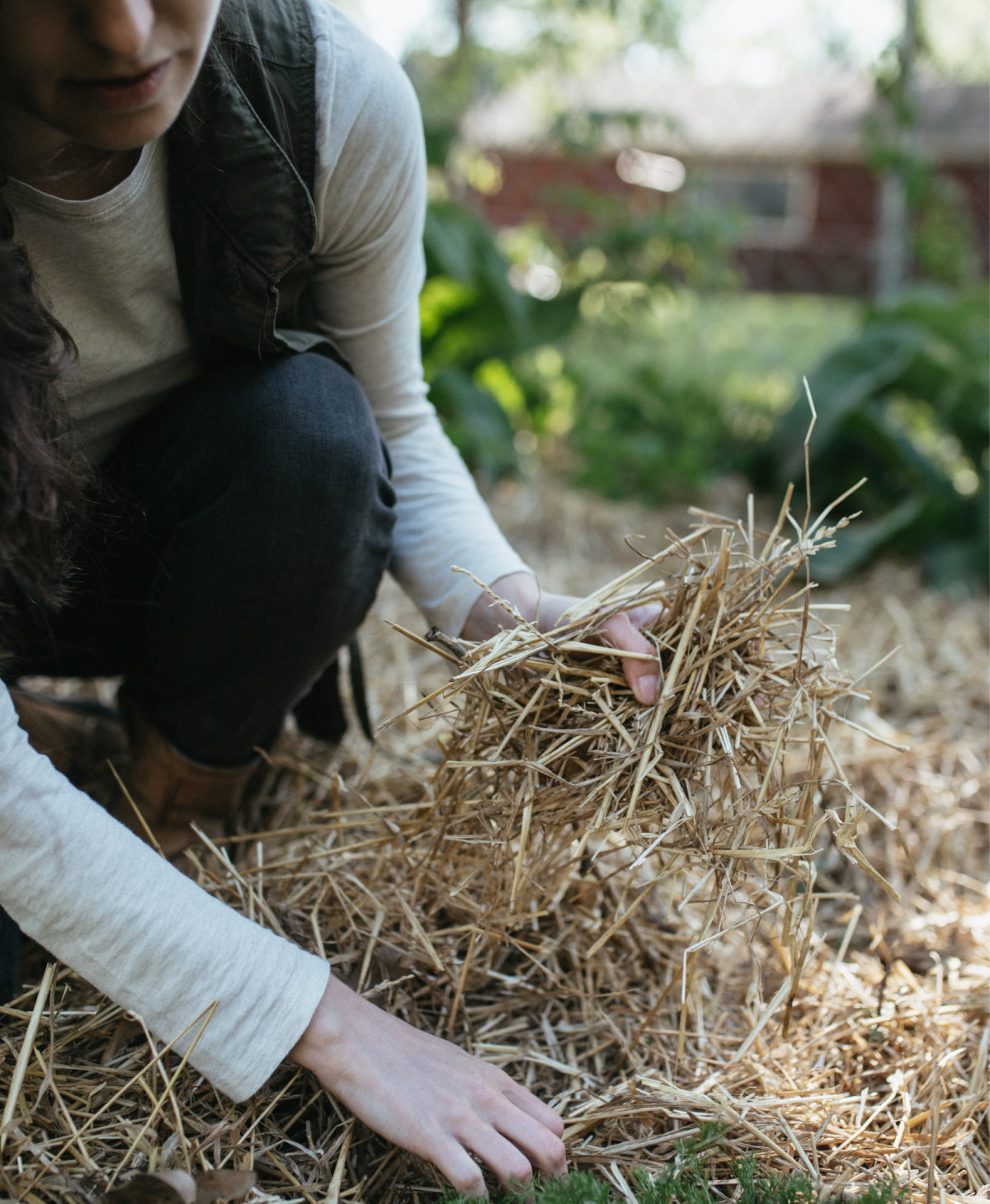
Soil Testing and Amendments
Soil testing at this point in the year is another option you have for overwintering and preparing your garden for a period of rest. Testing right after the end of the growing season can show you what nutrients were most depleted over the course of the growing season. By determining if your garden soil is in need of supplementation at this time of year, you can add these supplements in and allow the freeze-thaw cycle of the winter to break down and incorporate these amendments into the soil.
Depending on the size of your garden, you may want to take a few different samples to have analyzed, as different crops will pull nutrients in different quantities. If you are growing on a small scale and in just one bed, then multiple tests are not necessary. However, if you are gardening on a larger scale and in multiple beds you could benefit from testing each plot. Knowing what each space needs at the end of the season can help bring all your beds to a point of nourished equilibrium by the time spring rolls around again. Many soil testing labs offer a test that will show the organic matter content along with the levels of nitrogen, potassium, magnesium, calcium, and a few others so that you can add in what you need.
You can increase the organic matter of your soil by top dressing with compost, leaf mulch, or cured manure. The ideal for most flower or vegetable gardens is 5-10% organic material content (Traunfeld, 2020). The top dressing will serve as a kind of mulch to protect the soil, prevent weeds, and can then be worked into the soil in the spring before planting or left as a mulch. You can also add organic material by planting a nitrogen-fixing cover crop that will hold the soil in place, prevent weeds from rooting, and become mulch for the garden when worked into the soil in the spring (Cech, 2009).
Amendments like compost, leaf mulch, straw, and manure are more generalized and can be used regularly in the upkeep of the garden without too much worry. There are some amendments that should only be used if the need is indicated by soil testing. If testing indicates a need to increase the level of calcium in your soil, gypsum is a good option, and Epsom salts can be used to increase the magnesium levels of your soil. However, adding these amendments without proper testing in advance could do more harm than good (Traunfeld, 2020).
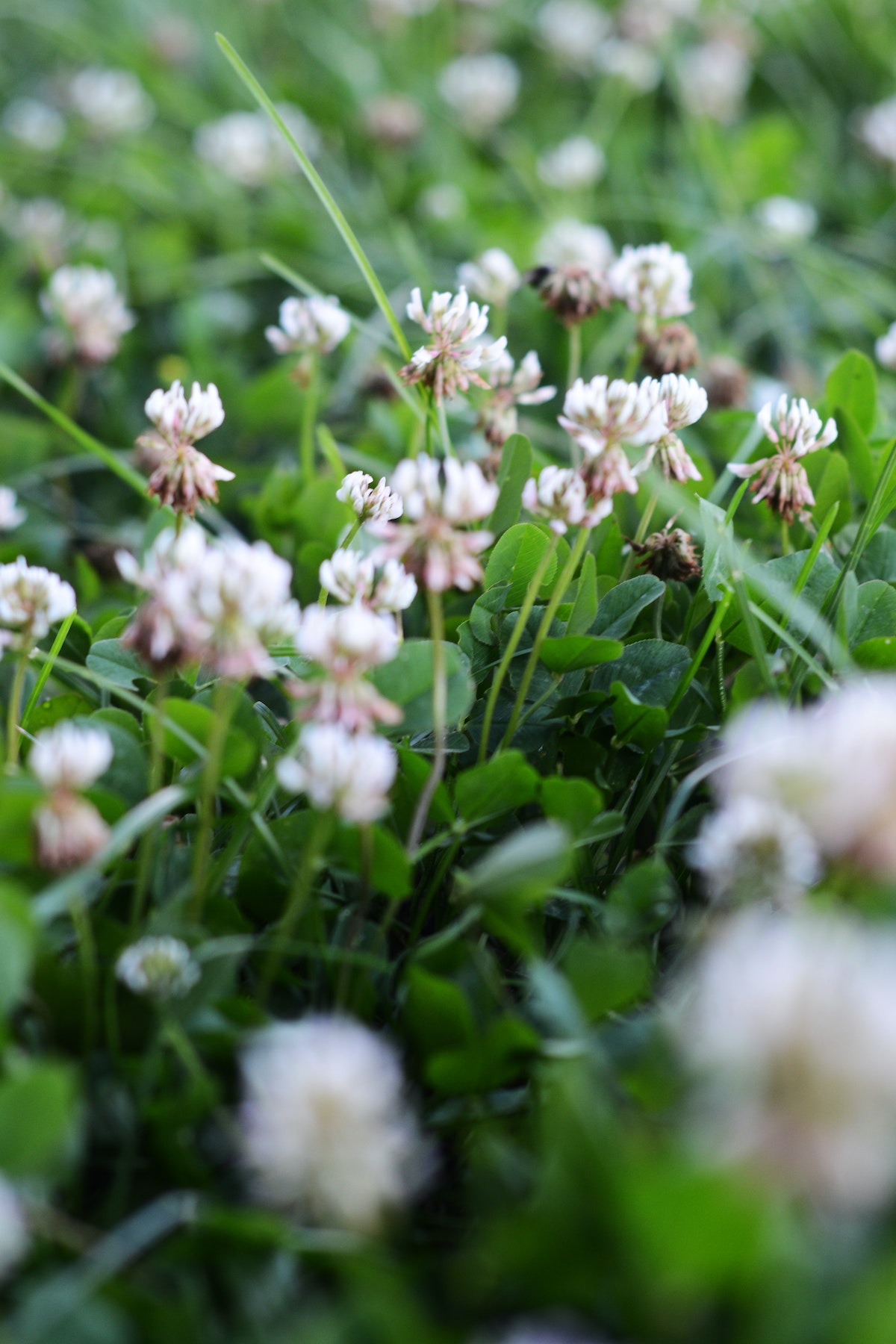
Overwintering With Weed Prevention
Another thing to consider for overwintering your garden is investing some resources in weed prevention. Clearing the bed leaves it open to the possibility of being colonized by weeds in the early spring after the snow carpet melts and before the ground is thawed enough to work. There are several strategies for weed prevention to consider. The ones below are my favorites because they do double duty—feeding and protecting your plot.
One option is to plant a cover crop, which we discussed a little bit in the amendments section. A cover crop is a crop that is planted with the intention of covering the garden space, it is not intended to be harvested for use by the gardener. These crops are intended to prevent erosion, limit pests, improve soil structure, and increase organic matter and thus the fertility of the soil (Doval, 2021). Planting a fall cover crop can be a good option for maintaining topsoil placement and soil structure through the freeze-thaw cycles that can cause runoff over winter. Cover crops also prevent weeds from growing because they are physically covering the garden space with their root systems and vegetation as they grow, leaving fewer light and soil resources for those opportunistic weeds. September is a good month to plant this fall cover crop.
Leguminous cover crops like different types of clover (Trifolium spp.) and fenugreek (Trigonella foenum-graecum) can help to fix nitrogen in the soil, making those nitrogen stores more readily available to the plants that follow the cover crop in the garden come spring. The idea with a fall cover crop is that you’ll allow the crop to grow until the frost kills it, at which time the crop will become a kind of mulch on the surface of the garden, with all its roots holding your garden soil in place until the ground thaws in the spring. Once the ground becomes workable again, simply till the remains into the soil, which simultaneously adds organic material to the beds.
Another option for weed prevention is to place a layer of shredded leaf mulch down in your garden beds. A layer of 3-4 inches is necessary to prevent the sun from penetrating through to the soil. The mulch will prevent sunlight from reaching the soil, which in turn forestalls weed growth. The leaf mulch will decompose through the winter, starting your garden off in the spring with a hearty helping of organic matter right where it counts in the topsoil. Note that it is important to leave 6 inches of space around the base of any woody garden plants that you may have, as mulching too close to the base can potentiate the possibility of rodent damage to the roots of these plants (Klett et al., 2021).
If your garden soil is clayey or sandy, you can work the leaf mulch right into the beds in the spring to prevent compaction and build organic content (Dillion & Purser, 2021). You could also work with the leaf mulch layer throughout the growing season. Moving the mulch layer away from the root zone in the spring will allow the ground to warm faster. In the early summer, mulch can be moved in closer to the base of the plant, covering the root zone to prevent evaporation and regulate fluctuations of the soil temperature (Oregon State University Master Gardener, n.d.). Either way, the leaves will continue to break down, offering a steady supply of nutrients to the plants in your garden all season long.
In Closing,
Using these overwintering strategies to prepare your garden for the winter will go a long way in extending the lives of your plants by protecting the integrity and good health of your garden soil. By taking the steps to clear, feed, and protect the soil before the long rest of winter, your garden will be ready to grow as soon as the ground thaws in spring, allowing you to focus on beginning the new cycle in the garden instead of having to go back and finish up the work of the last cycle.
For more on garden activities in the fall, see:
How to Plan and Plant a Fall Garden
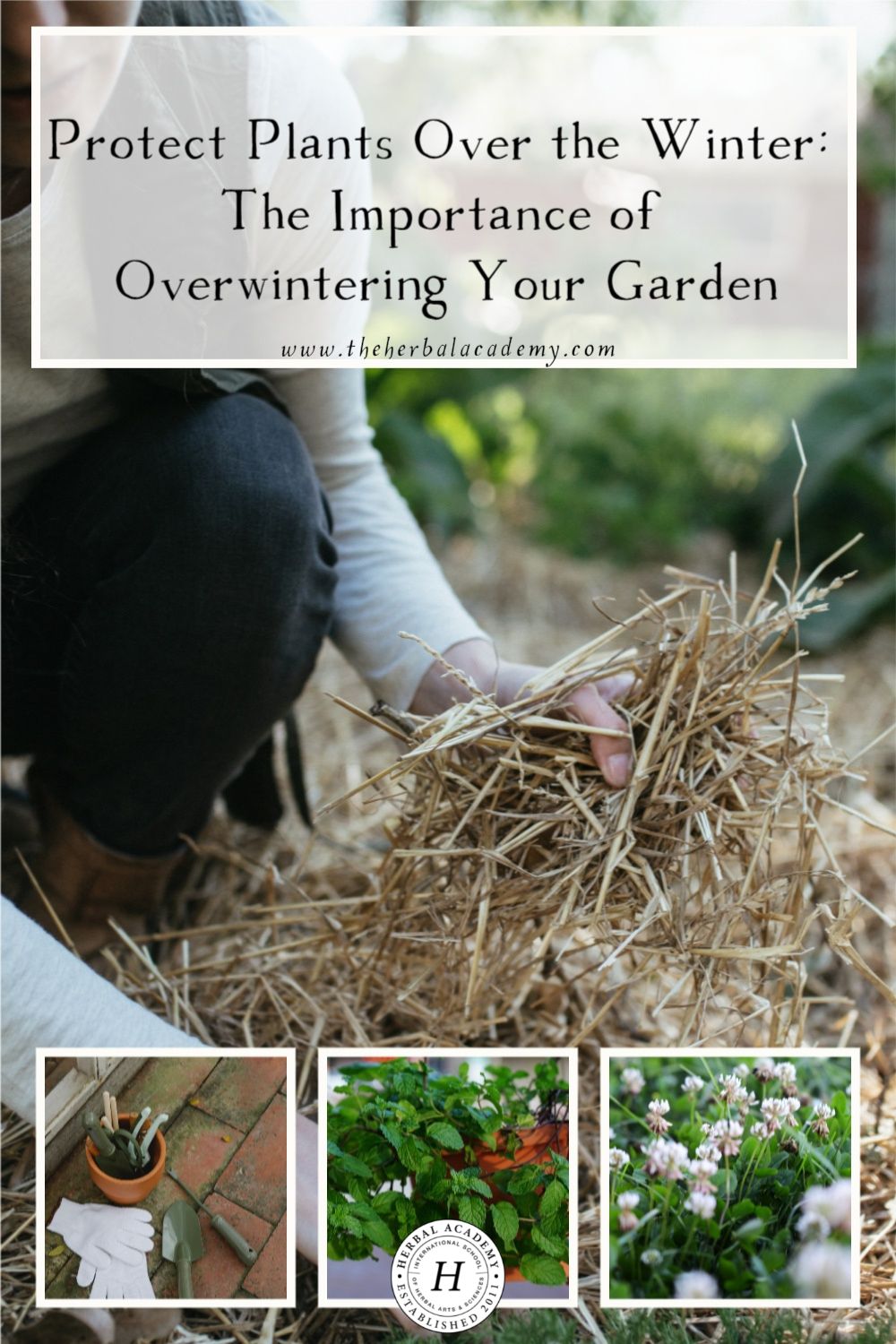
REFERENCES
Cech, R. (2009). The medicinal herb grower: A guide for cultivating plants that heal. Horizon Herbs.
Dillion, D., & Purser, E. (2021, October 4). Leaf mulch – Free soil amendment for your lawn & garden. NC Cooperative Extension. https://union.ces.ncsu.edu/2021/10/leaf-mulch-free-soil-amendment-for-your-lawn-garden/
Doval, C. (2021, August 2). Cover crops. Sustainable Agriculture Research & Education Program. https://sarep.ucdavis.edu/sustainable-ag/cover-crops
Klett, J.E., Murgel, J., & Platten, M. (2021, January 8). Mulches for home grounds – 7.214. Colorado State University Extension. https://extension.colostate.edu/topic-areas/yard-garden/mulches-for-home-grounds-7-214/
Oregon State University Master Gardener (n.d.). Gardening with Mulches. OSU Extension Service. https://extension.oregonstate.edu/sites/default/files/documents/12281/gardeningwithmulch.pdf
Traunfeld, J. (2020, November). Organic matter and soil amendments. University of Maryland Extension. https://extension.umd.edu/resource/organic-matter-and-soil-amendments









